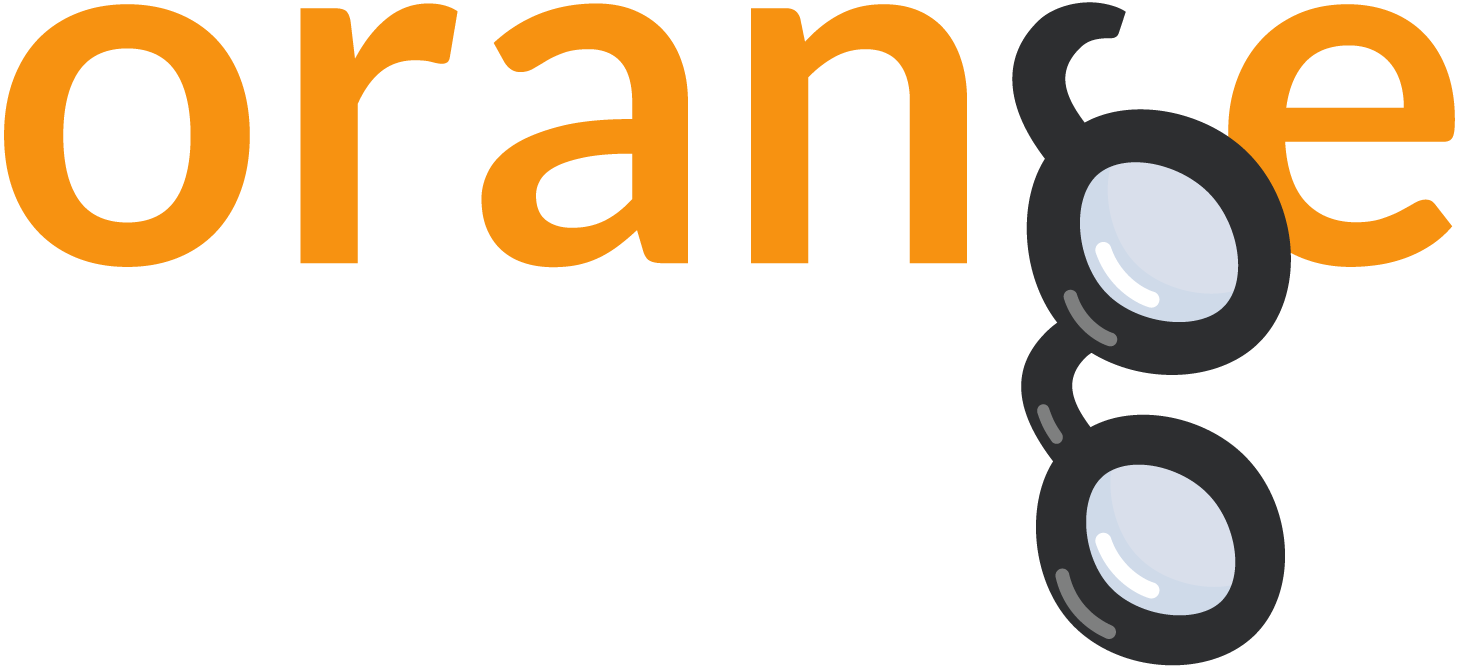Orange Blog
By: AJDA, Jun 5, 2015
Data Fusion Add-on for Orange
Orange is about to get even more exciting! We have created a prototype add-on for data fusion, which will certainly be of interest to many users. Data fusion brings large heterogeneous data sets together to create sensible clusters of related data instances and provides a platform for predictive modelling and recommendation systems. This widget set can be used either to recommend you the next movie to watch based on your demographic characteristics, movies you gave high scores to, your preferred genre, etc.
By: BLAZ, Oct 24, 2014
Hands-on Orange at Functional Genomics Workshop
Last week we have co-organized a Functional Genomics Workshop. At University of Ljubljana we have hosted an inspiring pack of scientists from the Donnelly Centre for Cellular and Biomolecular Research from Toronto. Part of the event was a hands-on workshop Data mining without programing, where we have used Orange to analyze data from systems biology. Data included a subset of Charlie Boone’s famous yeast interaction data and data from chemical genomics.
By: BIOLAB, May 26, 2014
Workshops at Baylor College of Medicine
On May 22nd and May 23rd, we (Blaz Zupan and Janez Demsar, assisted by Marinka Zitnik and Balaji Santhanam) have given two hands-on workshops called Data Mining without Programming at Baylor College of Medicine in Houston, Texas. Actually, there was a lot of programming, but no Python or alike. The workshop was designed for biomedical students and Baylor’s faculty members. We have presented a visual programming approach for development of data mining workflows for interactive data exploration.
By: MARKO, Aug 3, 2011
Orange at ISMB/ECCB 2011
We presented the Orange Bioinformatics add-on at the ISMB/ECCB conference in Vienna, a joined event covering both 19th Annual International Conference on Intelligent Systems for Molecular Biology and 10th European Conference on Computational Biology. We were giving out Orange stickers (with the URL) to the poster’s visitors. There was some interest; in the end we gave out about 10 of them, mostly to biologists, who were excited to perform some of the analysis themselves.
